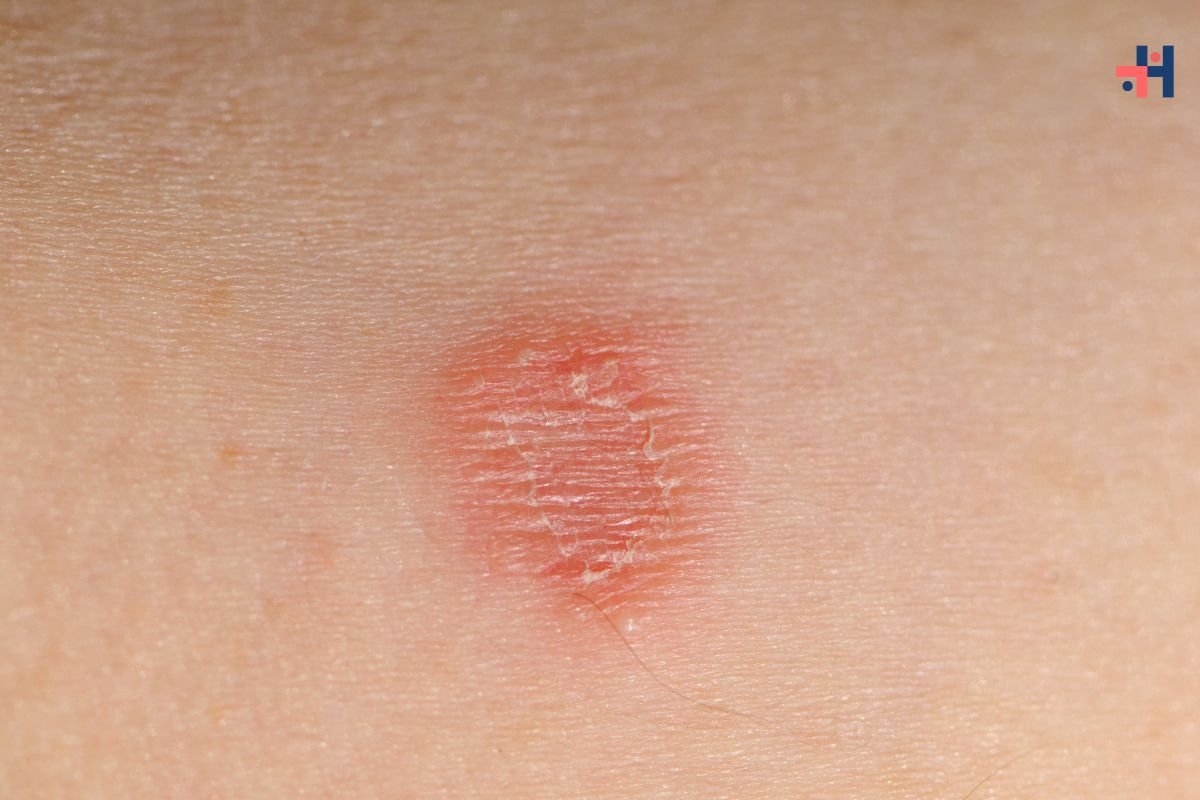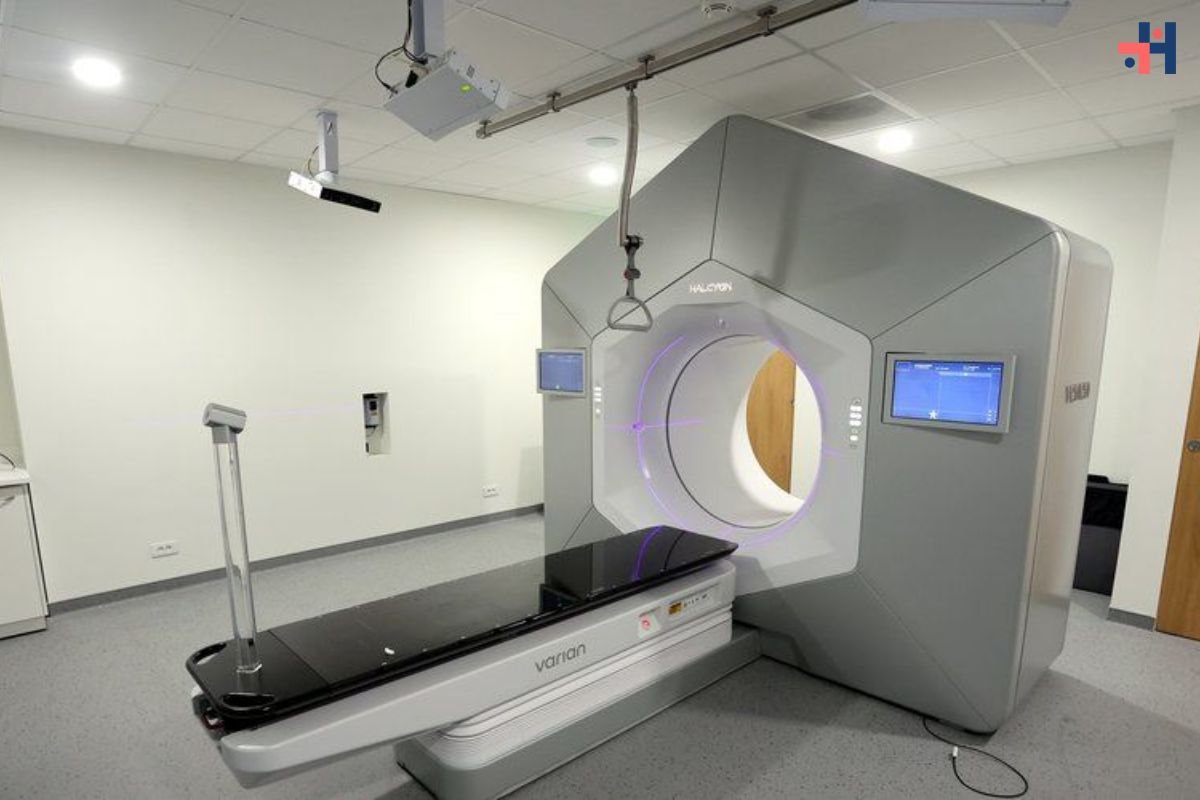[Source-Sci.News]
In a serendipitous turn of events, a team of scientists from the Netherlands stumbled upon a remarkable discovery while conducting research on prostate cancer. Their investigation, initially focused on prostate cancer detection techniques, led to the identification of a previously unknown organ nestled within the human body.
Unveiling the Tubarial Salivary Gland
The newfound organ, named the “tubarial salivary gland,” was uncovered during a series of CT and PET scans performed on patients injected with radioactive glucose at the Netherlands Cancer Institute. This innovative imaging approach, aimed at detecting tumours by illuminating cancerous cells, unexpectedly revealed anomalous spots within the human head.
A Crucial Role in Lubrication
Upon closer examination, researchers discerned that these illuminated areas corresponded to the presence of salivary glands, specifically designed to lubricate the upper throat region behind the nose and mouth. Positioned near the junction of the nasal cavity and throat, the tubarial salivary gland plays a pivotal role in maintaining oral and respiratory health.
Verification through Rigorous Analysis
To validate their discovery, scientists meticulously examined scans from 100 patients and conducted post-mortem examinations on cadavers, consistently confirming the presence of the tubarial salivary gland. This comprehensive analysis underscores the significance of this newly identified organ within the human anatomy.
Clinical Implications and Therapeutic Considerations
The recognition of the tubarial salivary gland carries profound implications for clinical practice, particularly in the context of radiotherapy treatments targeting head and neck regions. Prior to this discovery, radiation therapy often inadvertently affected these glands, resulting in adverse side effects such as dry mouth and difficulty swallowing. With the newfound awareness of the tubarial salivary gland’s existence, medical professionals can now exercise greater precision and caution in treatment planning, minimizing collateral damage to essential anatomical structures.
Understanding Salivary Gland Functionality
In addition to the newly discovered tubarial salivary gland, the human body harbors three other major salivary glands, each contributing to oral health and digestion. The parotid glands, situated near the ears, facilitate the chewing and swallowing process, while the submandibular glands, located beneath the lower jaw, contribute the majority of saliva in the mouth. Completing the quartet are the sublingual glands, positioned beneath the tongue, serving a supportive role in saliva production.
The identification of the tubarial salivary gland marks a significant milestone in human anatomy, expanding our understanding of the intricacies of the human body. This unexpected discovery underscores the importance of continued exploration and innovation in medical research, as even routine investigations can unveil remarkable insights that shape the future of healthcare. As scientists continue to unravel the mysteries of human physiology, the discovery of the tubarial salivary gland serves as a testament to the boundless potential of scientific inquiry.










